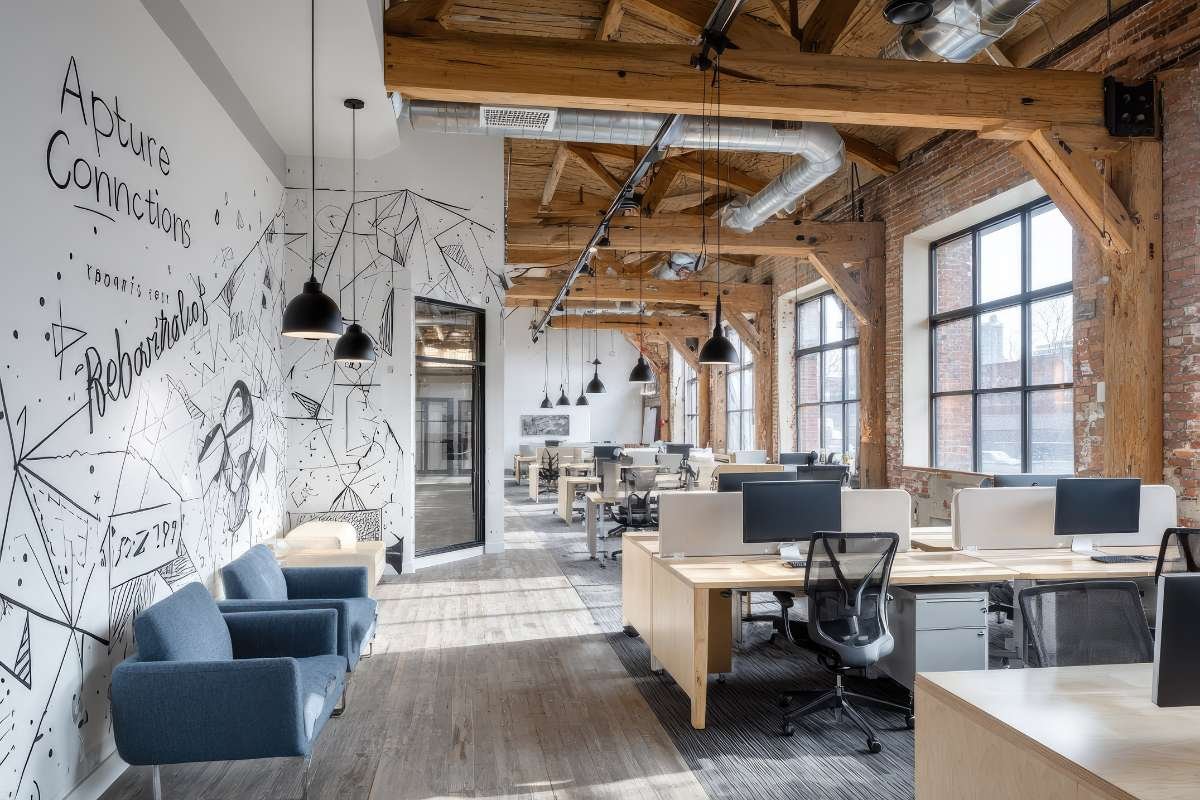Organizations are constantly seeking innovative ways to enhance employee engagement and foster continuous skills development. One such method gaining traction lately is gamified learning—a strategy that leverages game elements and mechanics to make the learning experience more interactive and enjoyable.
By integrating gaming principles into training programs, businesses are not only enhancing employee engagement but also witnessing significant improvements in skills acquisition and retention.
In this blog post, we will discuss gamification in e-learning in more detail, showing you how it can benefit your organization
Keep reading to learn more!
The Essence of Gamified Learning
Gamified learning involves the incorporation of game elements, such as points, badges, progress indicators, mini-games, leaderboards, and rewards, into traditional learning environments. This approach transforms mundane training sessions into interactive and dynamic experiences, resembling the mechanics of popular video games. The goal is to make learning more enjoyable, motivating, and memorable for employees.
For example, by creating leadership boards, you will introduce healthy competition to your e-learning course. That will motivate learners to study harder in order to outperform their fellows. You can also add awarding badges to provide learners with a sense of achievement and incentivize hard work.
Boosting Employee Engagement

Engaged employees are more likely to be productive, satisfied, and committed to their work. Gamified learning captures employees’ attention by introducing elements of competition, challenge, and achievement, creating a sense of accomplishment. The use of points, badges, and leaderboards taps into individuals’ innate desire for recognition and achievement, driving them to actively participate in training activities.
Moreover, the narrative-driven structure of gamified learning provides a context for the content being delivered, making it more relatable and applicable to real-world scenarios. This narrative engagement helps employee engagement with the material on a deeper level, reinforcing their understanding and retention of the information.
Skills Development through Gamification
Traditional training methods often struggle to address the diverse learning styles of employees. Gamified learning, on the other hand, accommodates various learning preferences by offering a mix of visual, auditory, and kinesthetic elements. This versatility caters to a broader audience, ensuring that employees with different learning styles can effectively absorb and apply the knowledge.
Gamified learning environments are designed to encourage problem-solving, critical thinking, and decision-making – essential skills in today’s fast-paced and complex work environments. Through simulations, scenarios, and interactive challenges, employees can practice and refine their skills in a risk-free setting. This practical application of knowledge not only enhances skill development but also builds confidence in applying newfound abilities to real-world situations.
Adaptable Learning Paths

One of the key advantages of gamified learning is its ability to provide adaptive learning paths. Traditional training programs often follow a one-size-fits-all approach, which may not be optimal for every employee. Gamification allows for personalized learning experiences, where individuals can progress at their own pace and choose the topics that align with their specific needs and interests.
This adaptability is crucial in the digital workplace, where employees come from diverse backgrounds and possess varying levels of expertise. Gamified learning platforms can assess the proficiency of each individual and tailor the content accordingly, ensuring that employees are consistently challenged without feeling overwhelmed or disengaged.
Measuring Success and Continuous Improvement
Gamified learning platforms also offer robust analytics tools that allow organizations to track and measure the success of their training programs. Metrics such as completion rates, performance levels, and engagement statistics provide valuable insights into the effectiveness of the gamified approach. This data-driven approach enables organizations to identify areas for improvement, refine content, and continuously enhance the learning experience.
Benefits of gamified learning

Let’s summarize the benefits of gamification in the digital workplace:
Gamification in e-learning offers several benefits that contribute to a more engaging and effective learning experience:
- Increased Engagement. Gamification captures learners’ attention and motivates them to actively participate in the learning process. The use of game elements like points, badges, and leaderboards creates a sense of competition and achievement, making the learning experience more enjoyable.
- Enhanced Learning Retention. The interactive and immersive nature of gamified learning helps improve information retention. Learners are more likely to remember content when it is presented in a context that includes challenges, scenarios, and rewards, reinforcing the learning objectives.
- Sense of Achievement. Achieving milestones, earning badges, or progressing through levels in a gamified e-learning environment provides learners with a sense of accomplishment. This sense of achievement reinforces their motivation to continue learning and mastering new concepts.
Conclusion
As the digital workplace continues to evolve, the integration of gamified learning is proving to be a powerful tool for boosting employee engagement and skills development. By harnessing the principles of gamification, organizations can create dynamic, interactive, and personalized learning experiences that not only captivate employees but also foster a culture of continuous improvement. As businesses navigate the challenges of the modern workforce, gamified learning stands out as a forward-thinking solution to meet the demands of the ever-changing professional landscape.


















